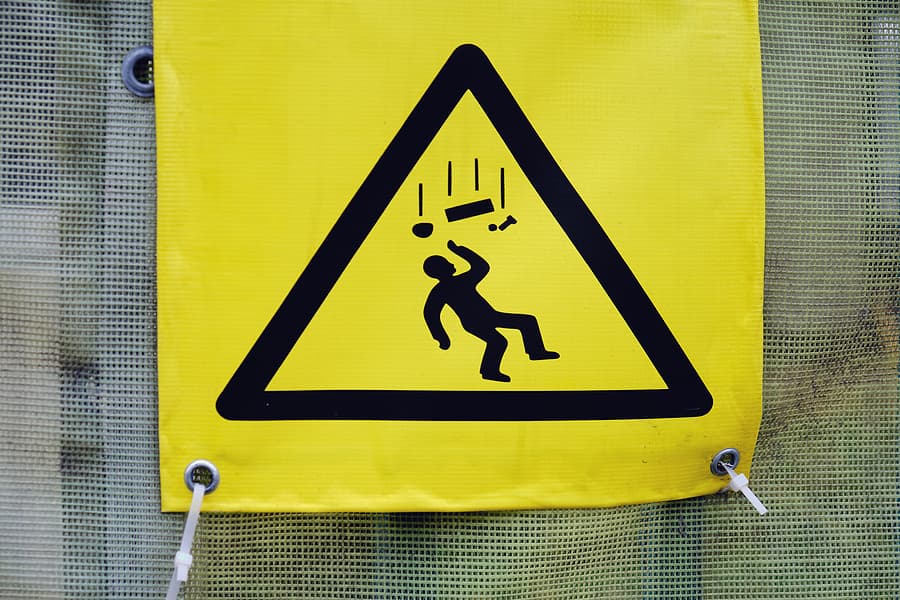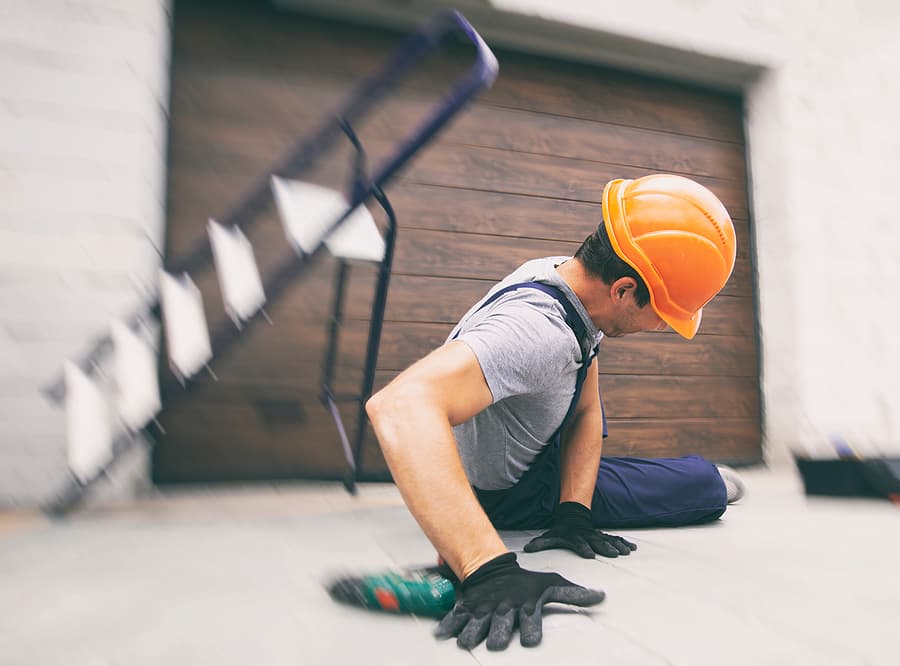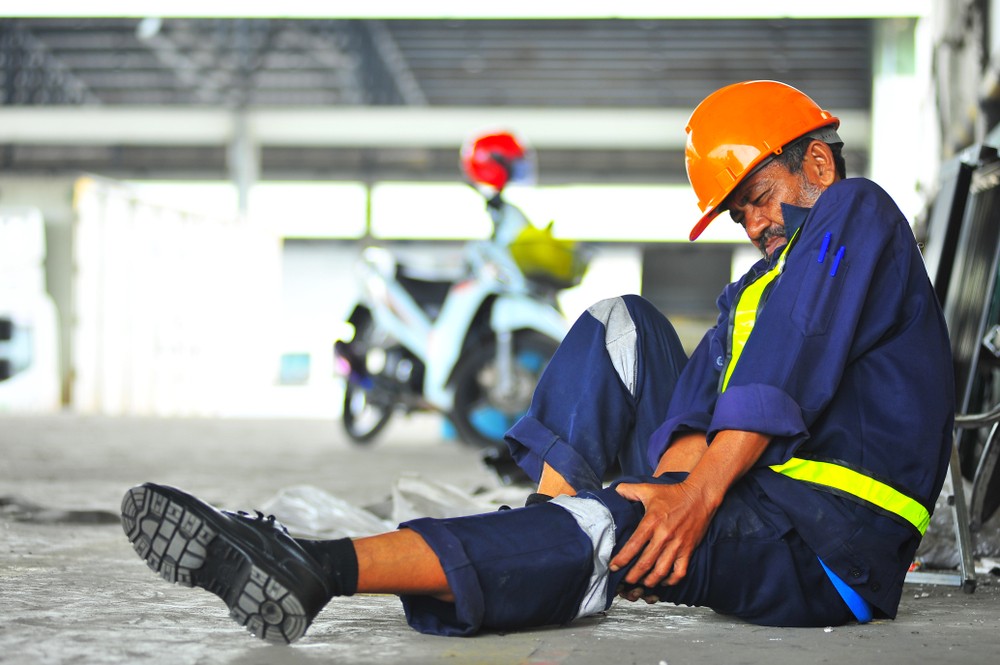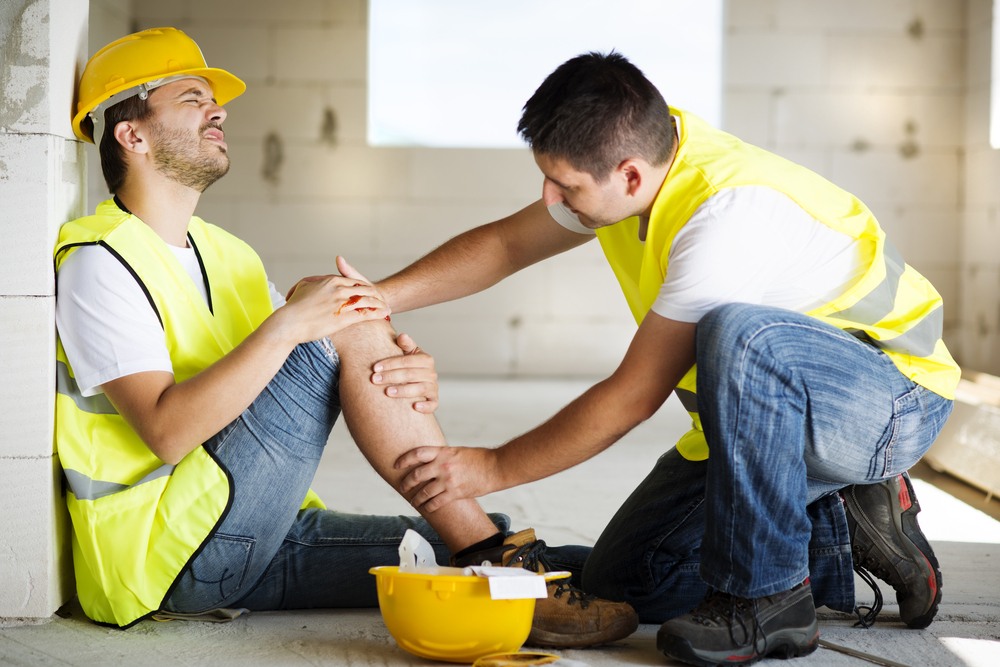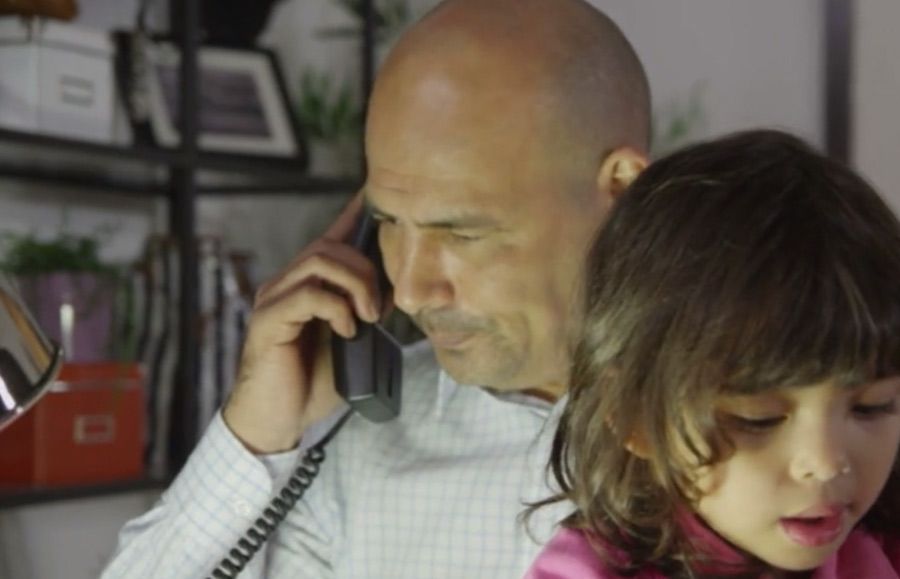Construction sites are inherently hazardous environments, and crane accidents stand out as particularly catastrophic among the many potential risks. These towering structures are instrumental in construction projects, but when things go awry, the resulting accidents often cause severe injuries or tragic fatalities.
As a victim of a crane accident on a construction site, you may face a long and arduous road to recovery, not to mention the financial burden of medical bills and lost income.
Your crane accident lawyer can navigate the complex legal landscape that follows such an accident, ensuring the protection of your rights and that you receive the compensation you deserve.
Understanding Crane Accidents on Construction Sites
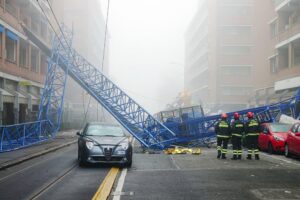
Cranes are one of the most vital pieces of equipment on a construction site. They help to move heavy materials and equipment from one point to another, often reaching heights that would be impossible to attain by other means. They come, however, with significant risks. The consequences can be dire when something goes wrong, whether it is a mechanical failure, operator error, or other factors.
Cranes and Their Use on Construction Sites
Cranes are complex machines equipped with hoist ropes, wire ropes, and sheaves. Their purpose is to lift and lower materials and move them horizontally. Most construction sites employ some form of crane for tasks such as lifting steel beams, concrete slabs, or other heavy construction materials to heights that are otherwise unreachable.
Common Causes of Crane Accidents
Crane accidents can result from various causes, each with its own unique set of legal implications.
Common causes include:
- Operator errors, where an operator makes a judgment error or has insufficient training.
- Mechanical faults, where the equipment fails due to poor maintenance or inherent design flaws.
- Violations of safety regulations, where workers have not followed the established procedure, resulting in dangerous situations.
Understanding the cause of an accident is crucial in attributing liability and securing rightful compensation.
Severity of Crane Accident Injuries
Cranes can lift tons of weight, and an accident involving these machines can lead to devastating injuries. Victims might end up with broken bones, head injuries, and spinal injuries. In some cases, these accidents can result in fatalities. Physical pain and suffering are rarely the only hardships victims face. Emotional trauma and financial stress can be equally severe.
Role of the Occupational Safety and Health Administration (OSHA) in Crane Accidents
OSHA plays a pivotal role in maintaining safety standards on construction sites. OSHA sets the regulations for crane operations and conducts inspections to enforce compliance. Violations of OSHA rules can significantly influence the legal proceedings following a crane accident, particularly in establishing negligence and determining liability.
Construction sites have stringent safety regulations to protect workers. Mandatory safety gear, stipulated rest periods, load limits for cranes, and approved procedures for crane operations are just a few of these regulations. Violations can contribute to accidents and influence the outcome of legal battles.
Legal Complexities Following a Crane Accident
Crane accidents and the injuries they cause can give rise to intricate legal issues. Determining liability in a construction accident can be complex, as it may involve multiple parties, each with their own duties and responsibilities on the site. Workers’ compensation laws add another layer of complexity. Your lawyer can decipher these complexities to effectively protect your rights.
The legal repercussions of a crane accident can be vast and intricate. Some cases may be clear-cut, where culpability lies solely with one party. In many instances, however, several parties share responsibility.
Crane accidents on a construction site can result in legal implications for parties such as the construction company, equipment manufacturers, and site operators. This may involve allegations of negligence, breaches of workplace safety regulations, or faulty equipment.
Navigating through these legal conclusions requires a deep understanding of construction site laws and regulations.
What’s the Difference Between a Workers’ Compensation Claim and a Personal Injury Claim?
Workers’ compensation insurance provides employees with compensation in the event of an injury sustained on the job. Such a claim should provide swift financial compensation for work-related injuries without assigning blame or liability.
A personal injury claim, on the other hand, is much more complex. Its purpose is to seek compensation from a liable third-party, such as the manufacturer or operator of the crane. Such claims may involve allegations of negligence, product liability, or breaches of workplace safety regulations.
The compensation awarded in such cases is typically greater than a workers’ compensation claim, as by design the settlement should cover all damages related to the accident, including medical bills, lost earnings, and pain and suffering. Depending on your jurisdiction and the details of your accident, you may file both a workers’ compensation claim and a third-party liability claim.
Your lawyer will decide on the best course of action.
The Importance of a Lawyer
A lawyer with experience in personal injury and construction site accidents can decipher the legal terrain, work on your behalf to determine who is liable for the accident, and ensure you have adequate representation in all legal proceedings. They have the knowledge to navigate the intricate legal process, protect your rights, and position you to receive the compensation you deserve.
What Your Lawyer Will Do Following a Crane Accident
A crane accident can feel overwhelming. You’ll likely deal with physical injuries, emotional trauma, and the financial burden of medical bills and lost income. Having a lawyer handle your case can alleviate some of these stresses by ensuring that someone is advocating for your legal rights and interests.
Collecting and Preparing Evidence
Your lawyer will begin by collecting and preparing evidence to strengthen your case. This may involve gathering documents, consulting with expert witnesses, obtaining accident reports, or collecting photographic evidence from the scene of the accident. This evidence plays a crucial role in establishing liability and determining the extent of your injuries.
Handling All Legal Communications
Your lawyer will handle all communications related to your case. This includes correspondence with the defendant’s lawyers, insurance companies, and any other parties involved in the claim. Having a lawyer manage these communications can prevent you from jeopardizing your claim inadvertently.
Filing the Claim and Lawsuit if Necessary
Initiating a lawsuit is a complex process with a lot of paperwork and specific procedures to follow. Your lawyer will file the necessary legal documents, respecting the laws and deadlines of your jurisdiction, to ensure your claim proceeds smoothly.
Representation in Court if Required
If your case goes to court, your lawyer will be there to represent you. They will present the evidence, examine and cross-examine witnesses, make persuasive arguments on your behalf, and strive to achieve the best possible outcome for you.
The role of your lawyer is pivotal in navigating the aftermath of a crane accident, and their experience and dedication can make all the difference in your fight for justice.
Understanding Compensation
When you sustain an injury in a crane accident, one of your key concerns is likely to be compensation. Compensation will not provide a windfall but put you back, as closely as possible, to your state before the accident. It is important to understand that calculating compensation can be a complex process involving various factors.
What Compensation Might Cover
Compensation in crane accident cases can cover various items, depending on the specifics of the case. Generally, it may include medical costs, lost income if you cannot work, and damages for pain and suffering. There could also include compensation for future needs, such as ongoing medical treatment or long-term care, future loss of income, and more. What you qualify for will depend on your circumstances and the facts of your case.
The court may award you both economic and non-economic damages in a crane accident case. Economic damages refer to quantifiable damages, such as medical expenses, lost income, and other financial losses. Non-economic damages refer to the impacts that are harder to quantify, such as pain and suffering, loss of enjoyment of life, and emotional distress.
Calculating Economic Damages
Your lawyer will work to calculate economic damages as accurately as possible. This will involve reviewing medical records, ascertaining the full extent of your injuries, and estimating the long-term costs of your treatment.
Calculating Non-Economic Damages
Calculating non-economic damages is a more subjective process. Rather than estimating a specific dollar value, your lawyer will consider the impact of the injuries on your life, such as pain and suffering, emotional distress, and loss of enjoyment of life. They may also factor in punitive damages if they deem the defendant’s conduct to warrant such an award.
Your lawyer can provide more information about how to calculate non-economic damages.
Your Lawyer’s Role in Achieving a Fair Compensation
In the quest for fair compensation, your lawyer plays a pivotal role. They will assess all aspects of your case to calculate a fair value for your claim. This includes understanding the long-term impact of your injuries, estimating future costs, and negotiating effectively with the at-fault party or insurance company. They will secure compensation that accurately reflects your damages and their impacts on your life.
Your lawyer is there to advocate for you and to help you receive the compensation you deserve.
Statute of Limitations for Crane Accidents
Personal injury claims for crane accidents must adhere to the statute of limitations. Simply put, you have a limited time after the accident to file a lawsuit. The specific time frame varies by jurisdiction, but it is essential to understand this to protect your right to compensation. For example, the statute of limitations is three years in New York and three years in New Jersey. Keep in mind that you may have as little as 90 days to act when pursuing some claims, such as those against a municipal defendant.
The Long-Term Impact of Crane Accidents
A crane accident is a life-altering event, with consequences that reach far beyond the immediate aftermath. It is essential to recognize the potential long-term impact of these accidents on your life, not just physically, but also emotionally, financially, and socially.
Potential Physical and Emotional Toll of a Crane Accident
The physical injuries resulting from a crane accident can be severe. They can lead to prolonged treatment, rehabilitation, and recovery, and in many cases, victims may never fully regain their previous physical abilities. The equally burdensome emotional toll can induce stress, anxiety, depression, and even post-traumatic stress disorder.
Role of a Lawyer in Supporting Victims Through These Challenges
Your lawyer can provide considerable support during these challenging times. In addition to handling the legal complexities of your case, they can also assist in managing the long-term implications of the accident. This might involve working with medical experts to understand the full extent of your injuries and liaising with financial advisors to manage any monetary implications.
Talk to an Accident Lawyer About Your Crane Accident
Crane accidents are complex and traumatic events that could lead to severe, life-altering injuries. Navigating the legal landscape that follows such accidents can be perplexing, filled with intricacies and nuances that require professional knowledge.
This is where you need a lawyer. From collecting critical evidence, navigating legal communications, filing the claim, and representing you in court if necessary, a lawyer stands as your advocate and guide.

After a crane accident, seek legal advice to understand your rights and options fully. Every case is unique, and an experienced Long Island personal injury lawyer can provide personalized advice based on your specific situation. They can guide you through the legal process, provide support, and advocate for your rights every step of the way. Reach out to a lawyer today to discuss your case and start the process of seeking the justice and compensation you deserve.
Remember, you do not have to navigate the aftermath of a life-altering crane accident alone. You have legal rights, and professionals stand ready to guide you through this ordeal.
